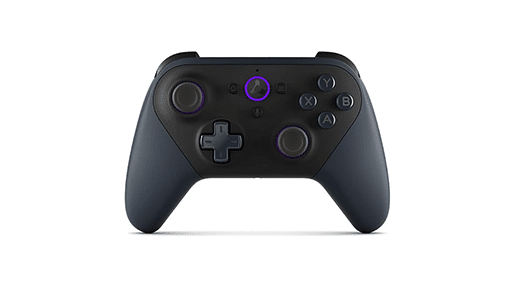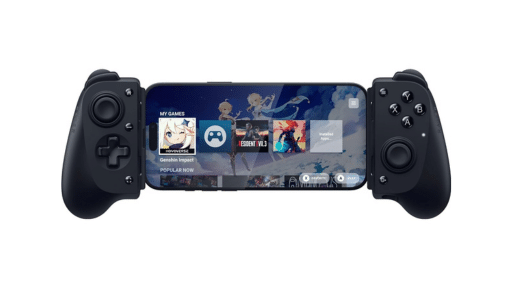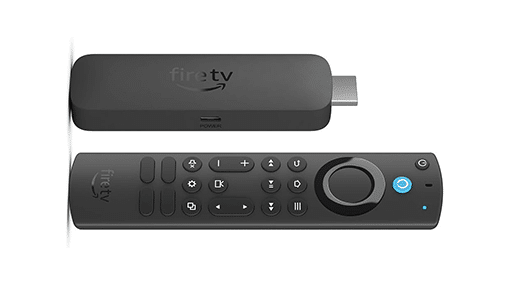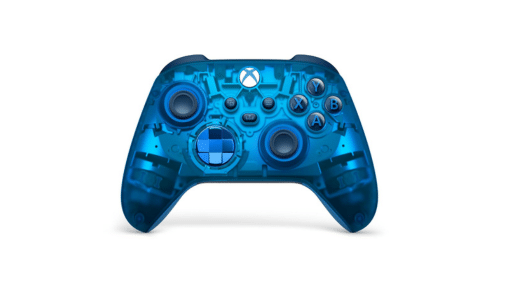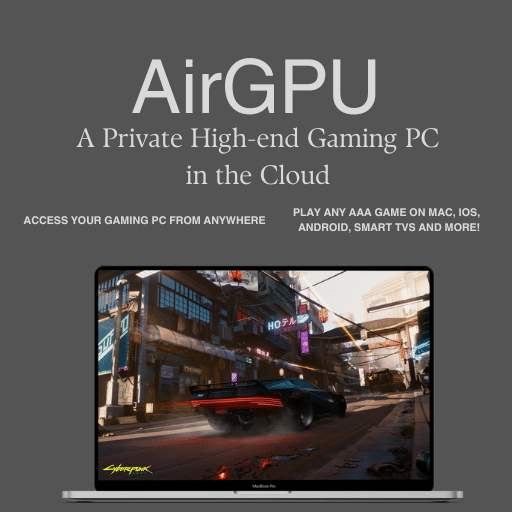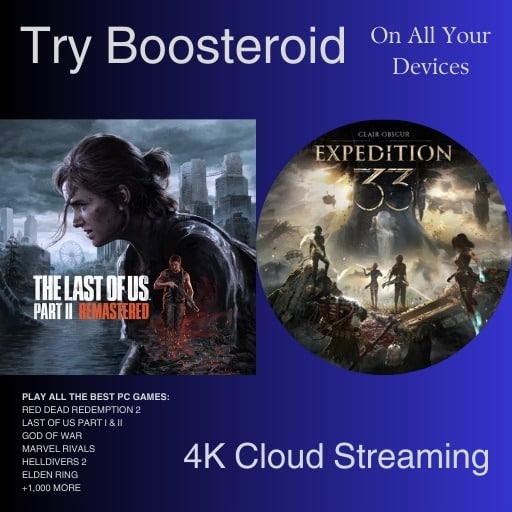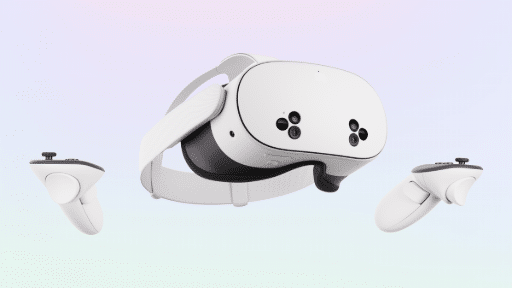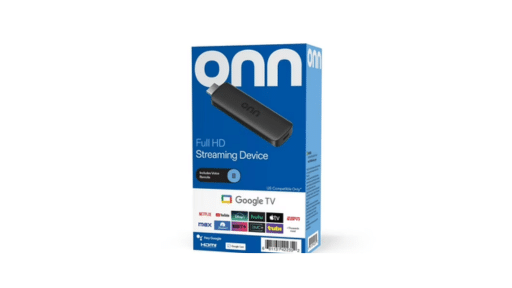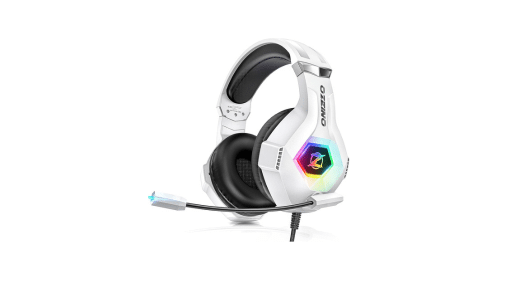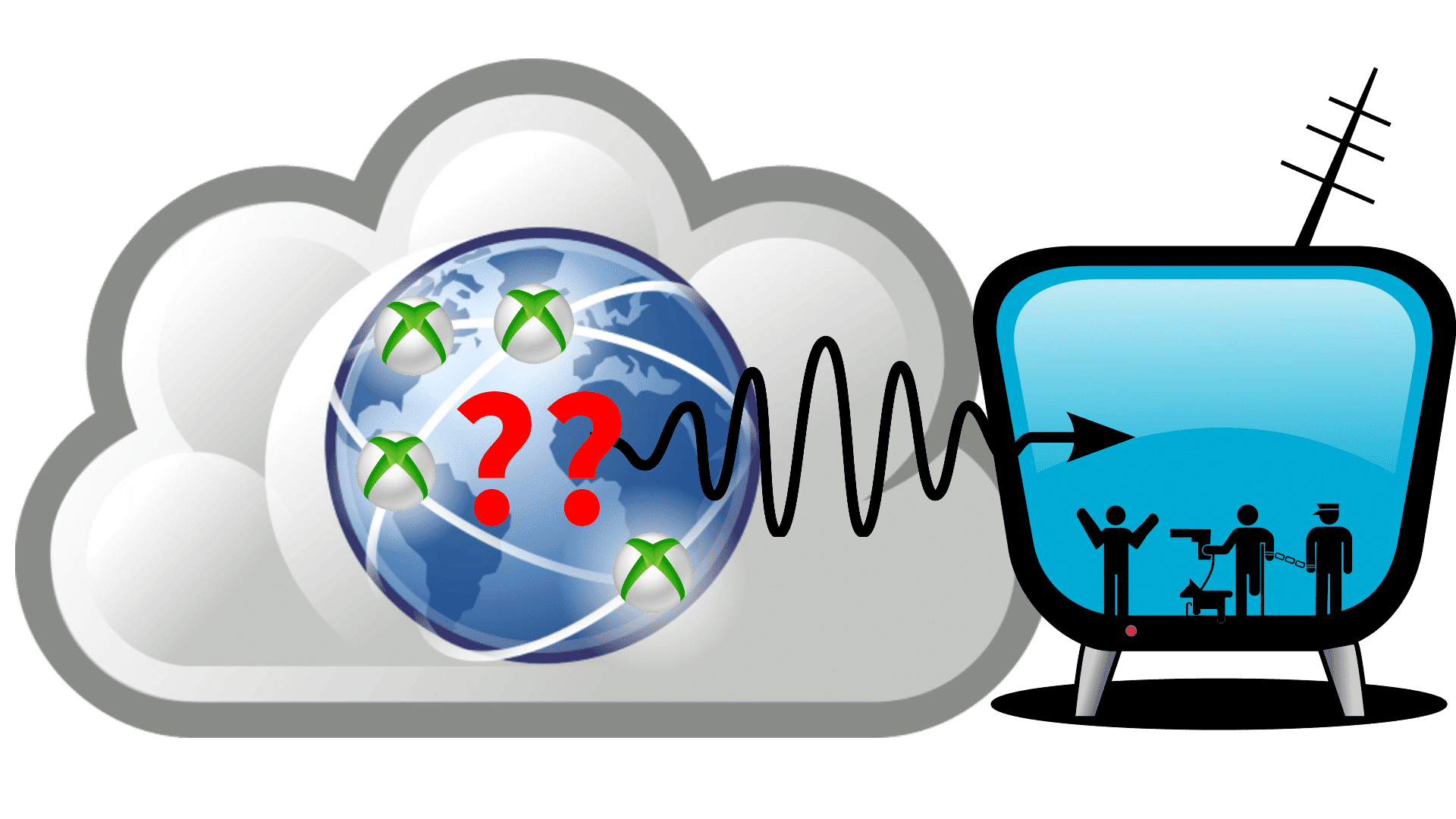
Cloud Gaming is becoming a more and more popular way to play. As folks try different cloud gaming services, they often find their experiences vary. Different people have different experiences, and the same person may have a different experience with different services.
While the effect of latency is often way overblown, if you are across the globe from your nearest cloud gaming server, your experience is going to suffer. So, you’ll often be curious about just how far you are from the server you are playing on.
But how do you know?
Some Services Are More Transparent Than Others About Where the Servers Are
Some services, like GeForce NOW, will just straight up and tell you what server you are on. GeForce NOW also has a great service-status page.
But other services are opaque about where their servers are. They’d perhaps rather the user not worry about such details or rather not get pressured into deploying more data centers than they think are necessary.
But, whether the cloud gaming service is upfront or not about their server locations, there are ways to find out where the server you are using is located.
WebRTC
The key is that almost all cloud gaming services use a web-browser protocol called WebRTC to actually stream the games. This is what allows you to play games right in your browser on a PC, laptop, Chromebook, Android, or iOS device.
WebRTC establishes a direct connection between the game server and your local screen. And, WebRTC, as implemented in Chrome (and other Chromium-based browsers) has some diagnostic tools available that will tell you exactly where you are playing.
To access these diagnostics, simply open a tab with the following URL on Chrome: chrome://webrtc-internals.
If you are not streaming a game or in an active video chat, the page should be pretty empty:

But, start up a game on your favorite cloud gaming service in another Chrome window, and then come back to this page (tip: alt-tab usually lets you switch windows in Chrome even when your cloud game is streaming full screen). You should then see a bunch of diagnostics that look more like the below:
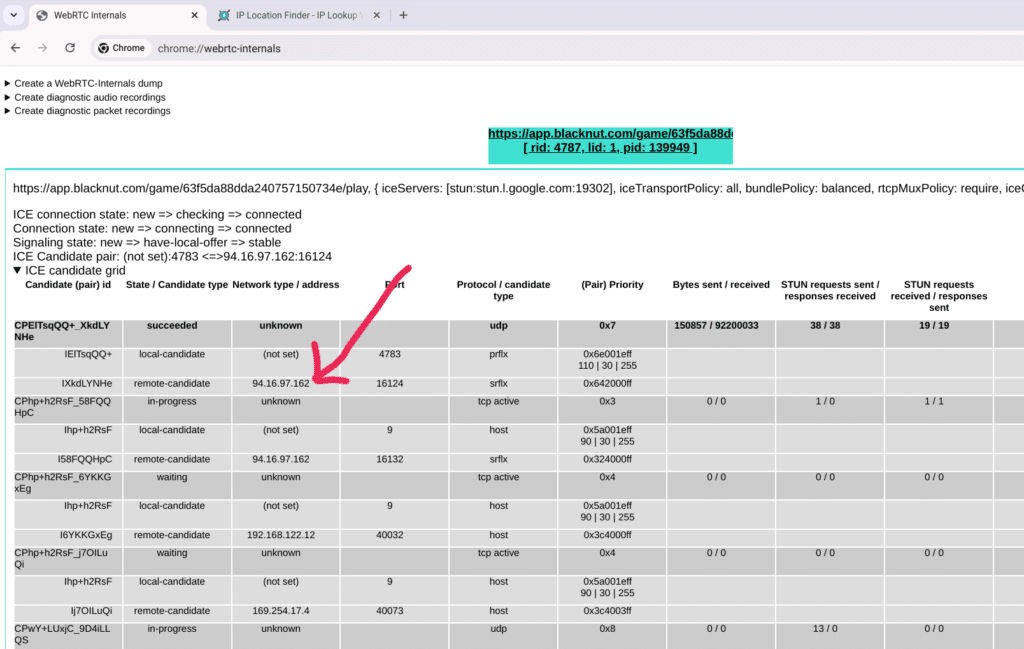
If you press the triangle next to “ICE candidate grid,” you’ll see a table of connections. The key thing to do is look for an IP address (which can be either an IPv4 or IPv6 address) in a row that contains “remote-candidate.” There are typically several such rows; some will contain IP addresses that are actually local to your machine or home network, but at least one should be an external IP address on the internet. This is your server.
So, how do you find the physical location of the server? Simply cut and paste this address into a geo-location tool like the one provided by KeyCDN. These tools are typically accurate to at least the city level—especially for IPs associated with large cloud data centers.
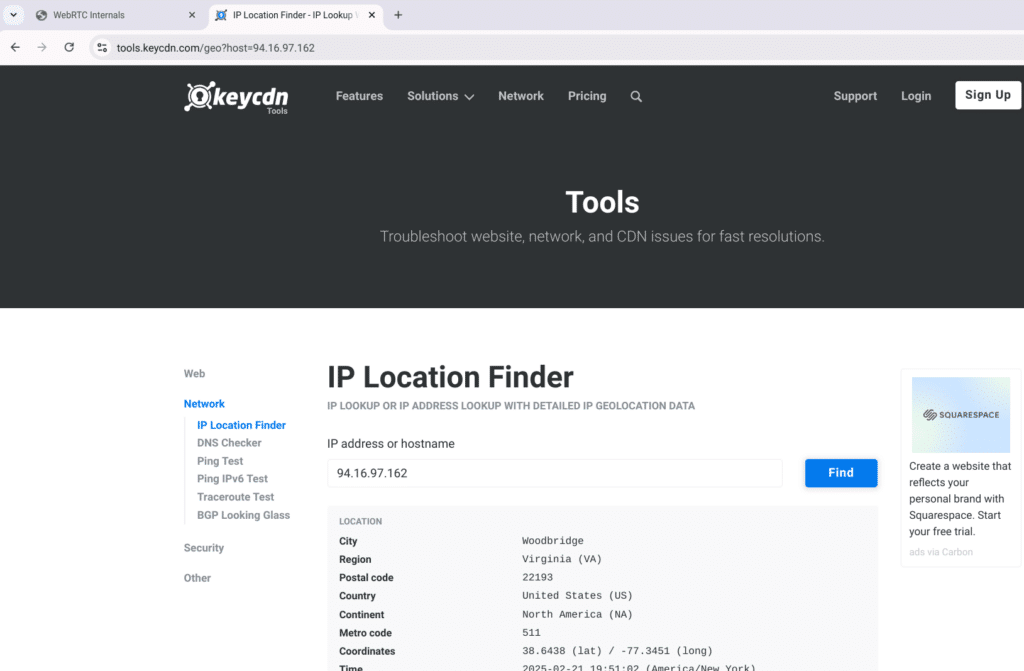
In the above screenshot, you can see the IP address correctly points to a Blacknut datacenter location in Virginia near Richmond.
The tool will also sometimes provide you with a hostname for the server as well, which may contain a giveaway to a cloud service provider. For example, AWS EC2 servers all have hostnames containing the “ec2” text.
And that’s it! You now know where the server you are playing on is located. You can compare it to datacenter locations on our cloud gaming datacenter map. That map will also let you know if there is a closer datacenter to your location that you could be using.
As always, remember to follow us on our social media platforms (e.g., Threads, X (Twitter), Bluesky, YouTube, and Facebook) to stay up-to-date with the latest news. This website contains affiliate links. We may receive a commission when you click on these links and make a purchase, at no extra cost to you. We are an independent site, and the opinions expressed here are our own.

